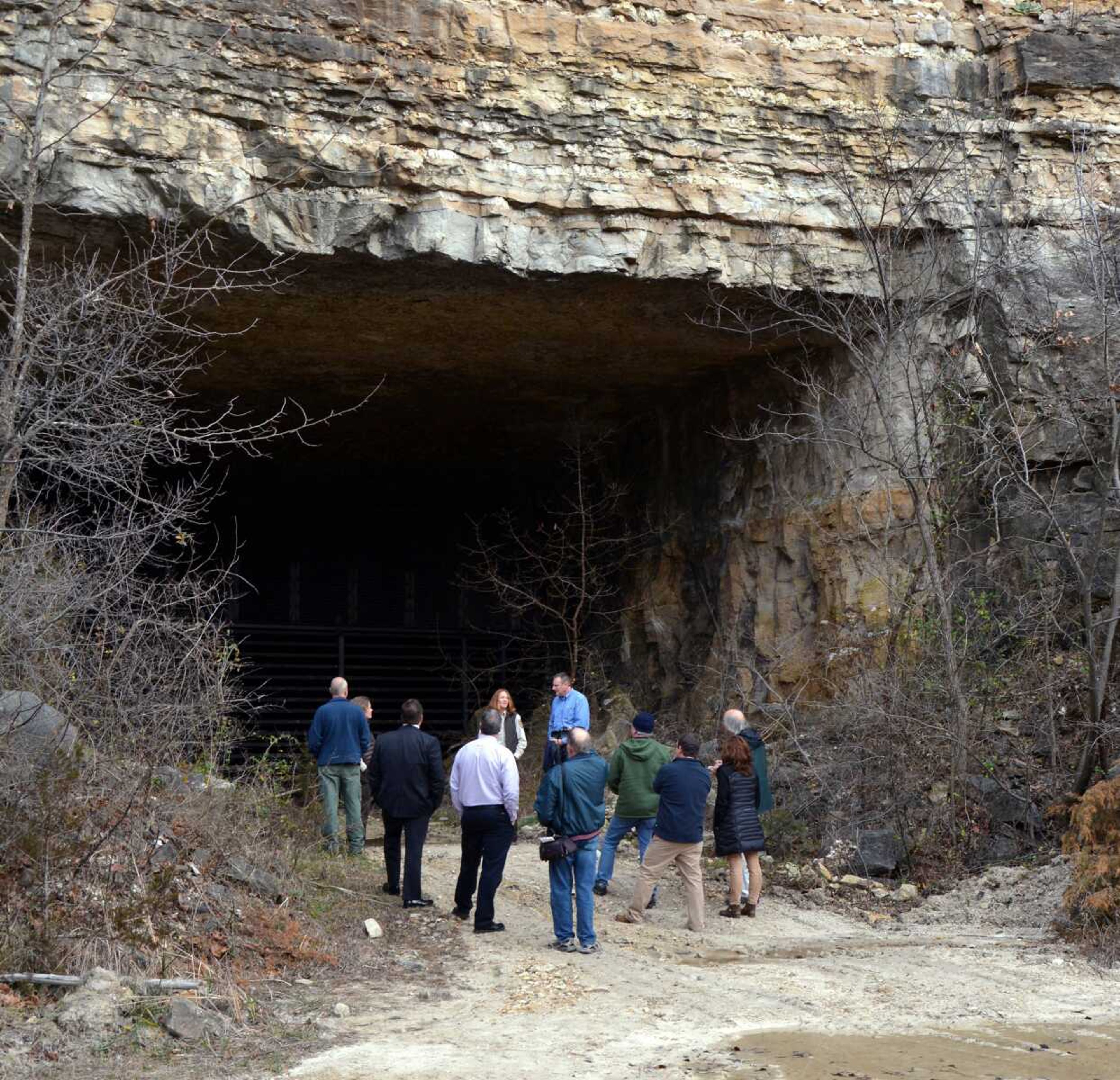New preserve in Missouri aims to protect endangered bats
HANNIBAL, Mo. -- A nature preserve planned in the northeast Missouri town of Hannibal will be more than a place to picnic or walk in the woods. It will serve as a protected area for tens of thousands of endangered bats. The Sodalis Nature Preserve will be built near the Mississippi River and won't cost the city anything. ...
HANNIBAL, Mo. -- A nature preserve planned in the northeast Missouri town of Hannibal will be more than a place to picnic or walk in the woods. It will serve as a protected area for tens of thousands of endangered bats.
The Sodalis Nature Preserve will be built near the Mississippi River and won't cost the city anything. The Canadian company Enbridge Inc., whose nearly 600-mile Flanagan South Pipeline passes near Hannibal, will pay for land acquisition, management and maintenance as part of a mitigation fund to offset the effect to federally endangered species and migratory birds.
About 168,000 federally endangered Indiana bats hibernate in a former limestone mine that closed a half-century ago and in the cave network nearby, according to Shauna Marquardt, a biologist for the U.S. Fish and Wildlife Service.
The bats, which have had the endangered designation since 1973, are endangered largely because of disturbance by humans, the service said.
"Protection of this hibernation site is probably the most significant conservation and recovery action we've taken for Indiana bats in recent history," Marquardt said.
The service, The Conservation Fund and the Iowa Natural Heritage Foundation also are partners in the project, development of which was approved Tuesday by the Hannibal City Council.
The bats that hibernate in Hannibal make up about one-third of all known Indiana bats (their scientific name is Myotis sodalis, hence the preserve name), Marquardt said, and arrive by the thousands in October, often in such full force, they create a near blackout.
They participate in a "swarming" exercise that is part of the mating ritual before beginning hibernation in November and typically return to forests in parts of northern Missouri, southeastern Iowa and western Illinois in early spring.
Other Indiana bats are in several eastern states, especially Indiana, where more than 200,000 of them also hibernate.
The bats got their name because the first one was found in an Indiana cave in 1904.
The same Hannibal caves and mine house five other species of hibernating bats, too -- including gray bats and the federally threatened northern long-eared bats.
It's another potential tourist attraction in Mark Twain's hometown, which is about 120 miles northwest of St. Louis, and the Mark Twain Cave, east of the new preserve, draws hundreds of thousands of visitors annually.
"I think people will come from throughout the region," said Andy Dorian, Hannibal's Parks and Recreation director. "Not everybody has something like this in their backyard."
The preserve will open to the public after land purchases are complete in January, with a dedication ceremony expected April 17 -- National Bat Appreciation Day -- Marquardt said.
The land will remain forested, though plans are in place for a six-mile hiking and biking trail.
Visitors will not be allowed inside the cave or mine to protect the bats, which play a major role in the ecosystem as a predator of insects that can damage forests and crops.
The heritage foundation will maintain a conservation easement to ensure that mine gates remain in place to protect the bats.
The Fish and Wildlife Service will monitor and manage the bat population in the mine and on surrounding property.
Connect with the Southeast Missourian Newsroom:
For corrections to this story or other insights for the editor, click here. To submit a letter to the editor, click here. To learn about the Southeast Missourian’s AI Policy, click here.









